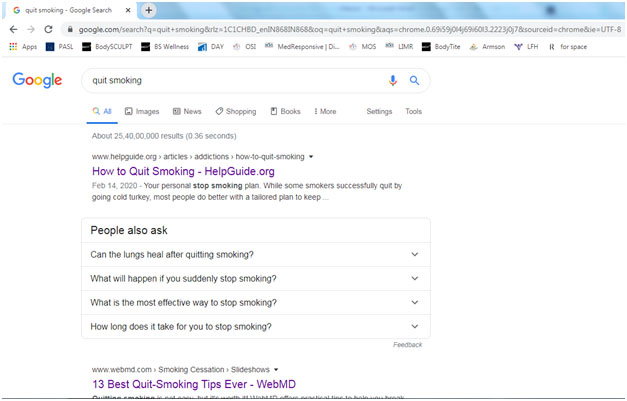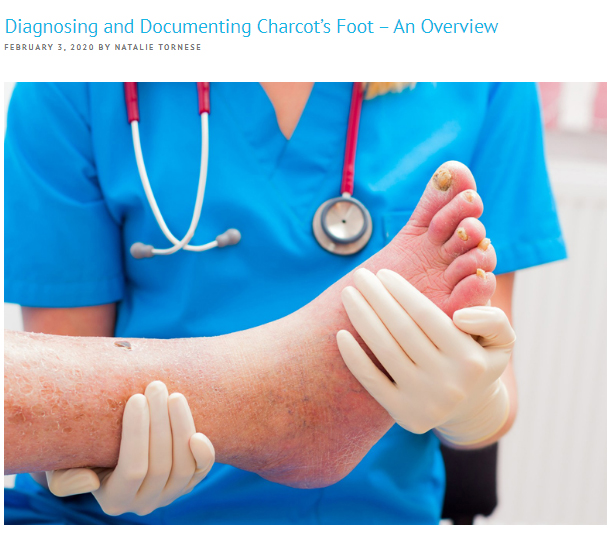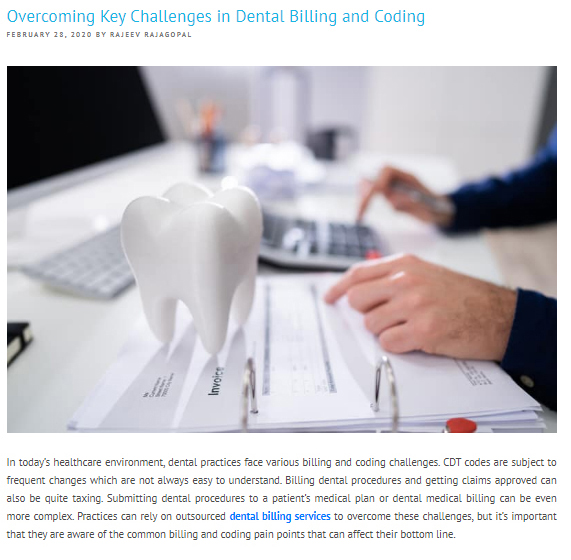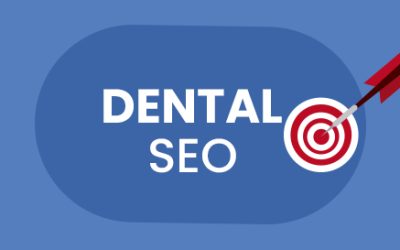On-Page SEO or On-Site SEO is an important factor that influences your website’s rankings. It is the act of optimizing web pages to improve a website’s search engine rankings and increase organic traffic so that search engines can find and index them correctly. Be it medical SEO or search engine optimization for any other business, if you want your content to match user intent, then make sure to update the on-page SEO factors on your content at all times.
Why On-Page SEO Is Important
SEO can be split into two separate categories; On-Page SEO & Off-Page SEO. For years, we have witnessed an increased focus on off-page techniques and other technical elements. However, off-page SEO won’t do much good if you don’t pay attention to the fundamentals, that is, on-page SEO (searchenginejournal.com). It consists of all the elements of SEO you can control such as the technical issues and the quality of your content. So, focusing on on-page SEO will increase your page rankings on search engines and also the likelihood of successful off-page SEO strategies. Moreover, if done in the right way, on-page optimization can:
- Boost your website traffic and bring in more leads
- Save valuable time
- Provide more organic traffic sources
- Improve your click-through-rates and increase time on page
- Reduce bounce rates
- Match reader intent
- Leverage long-tail keywords
And moreover, the use of On-Page SEO factors could contribute to the essence of uniqueness on your website too.
It’s very important to keep your webpage or blogs updated, especially the on-page SEO factors. Because, even though there have been a number of updates to Google’s search engine algorithm – be it minor or major such as (such as Panda, Penguin, Hummingbird) – on-page SEO hasn’t really changed all that much. That is, in 2020 Google still looks for a specific keyword on your webpage, to give you the most useful information, says Google’s own “How Search Works” report. And maybe because of this reason, traditional On-page SEO will still make a difference in ever-evolving SEO strategies.
To increase the chances of your article or blog ranking for relevant keywords, run it through an on-page SEO checklist. Here are 6 essential on-page SEO factors that you need to update constantly.
- Keyword density, cannibalization and stuffing: Including appropriate keywords in your content is very important for you to come up in search engines when people search for the keywords or phrases that are relevant to your products or services. However, in this process, many make a mistake by overusing the keywords. This is not the right method to implement keywords in the content. You have to make sure that your keyword density is roughly 2-5%. Similarly, keep an eye on “keyword cannibalization” that is, targeting a specific term across multiple pages can have some potentially disastrous consequences for your SEO. So, identify whether keyword cannibalization exists on your website and resolve it (searchenginejournal.com). Another common practice we see is stuffing of keywords in content (which was a practice back in the early years of search engines, but not now) to manipulate a page’s ranking on Google’s SERP. However, Google and other search engines have wised up and begun filtering out offending keyword-stuffed pages. So, use keywords carefully and in a more natural way throughout the webpage, blog or article. Keep a few things in mind while choosing a keyword, that is, it should be
- In line with the subject of the page
- Easily searchable
- Easy to use and works within the text
- Image optimization: Images are important elements of content these days since they drive engagement and also give you an opportunity to connect with your audience much more than words could. Using images in your content can make your website more visually appealing and also helps in breaking boring, lengthy text. However, not all images can provide the same benefits – some can even slow down your website. So, make sure to include images that support your content and use descriptive titles and alt text, making them even more useful with SEO. For instance, this blog is about diagnosing and documenting Charcot’s foot and the image used here represents it.
- First 100 words in content: Keyword placement plays a major role when it comes to on-page SEO, so include your main keyword in the first couple of sentences of your content, or at least in the first 100 words of your article or blog. The reason is so specific that the first 100 words are usually what can be seen before the reader has to start scrolling. Sometimes it doesn’t seem natural to shove a keyword in the first few words since you might want to set the scene first, so place a keyword effectively. For example, the blog mentioned below is about overcoming the key challenges in dental billing and coding and the main keyword is dental billing services, which is placed within the first 100 words effectively.
- ALT tags: The keyword you want to rank on Google should also be included to the alt tag on images. Adding your keyword or keyword phrase to the alt tag on images sends Google a relevancy signal for your picture (blog.flightmedia.co). For instance, this blog is all about dealing with fake negative reviews about business, and if here the main keyword is fake reviews, the same keyword should be used in the file name of your images as well to improve your on-page SEO. That, is even if your image appears to you is this
Where the alt tag includes “fake reviews”
- Title Tag: The title tag is one of the most important SEO factors on your site. It is a bit of Meta data embedded into the HTML of each page that tells Google what to display in search results. So, here it’s important to have a unique title that includes the main keywords for that page so that Google can look at the title tag of a page to determine its relevancy to a subject. For example, you could write a blog post about quitting smoking and it is therefore important that you include ‘Quit Smoking’ within your post title. Perhaps “How to quit smoking” or “Things You Shouldn’t Do When You Quit Smoking” can be used for the title. This way, whenever someone searches for “quit smoking” in a search engine, your post has a better chance of showing up because you have included those keywords.
For example, you could write a blog post about quit smoking by including ‘Quit Smoking’ within your post title.

- Meta Descriptions: Meta descriptions for pages are an important place to include relevant keywords for your content, as these are used within the search results when your page is listed.
Here when quit smoking keyword is used in a search engine, this particular blog from WebMD appears on second position of search. The Meta description of this particular blog is “Quitting smoking is not easy, but it’s worth it! We offer practical tips to help you break your nicotine addiction and kick the cigarette habit for good.” This description is good one as it contains a number of specific keywords, which might help in SEO.
For instance, if we continue to use the ‘Quit Smoking’ example, then a good Meta description for that page would include those keywords and related ones. So, “Quitting smoking is not easy, but it’s worth it! We offer practical tips to help you break your nicotine addiction and kick the cigarette habit for good” would be a great Meta description to use as it contains a number of specific keywords.
That is, using “How to quit smoking” or “Things You Shouldn’t Do When You Quit Smoking” or using any other title that have “quit smoking” along with it has a better chance of showing up in a search engine because you have included those keywords.
So, if you have included the title tag which is “Quit smoking” in this example, then whenever someone searches for quit smoking in a search engine, your post has a better chance of showing up.
Along with these 6 factors there are more techniques such as page speed, headlines, header tags, URL structure and so on that could help in improving your on-page SEO. Any one used independently of the others won’t make much difference to your site ranking. However, when used together, they can help improve your site traffic. Create your own checklist of everything you need to change and if possible, make sure you analyze all of these on-page SEO factors and how they perform on your own pages. Professional medical SEO companies stay updated regarding such factors and they can help online medical businesses to successfully meet their digital marketing goals.









